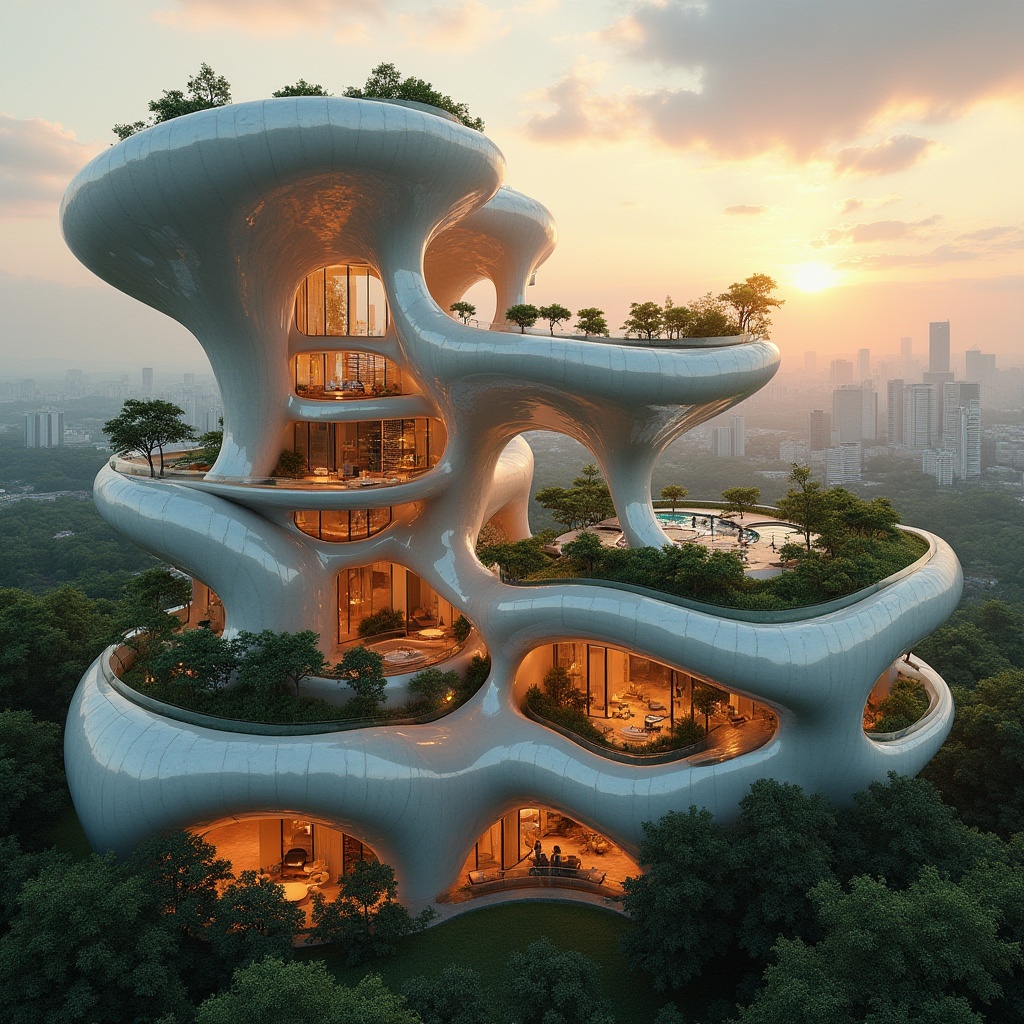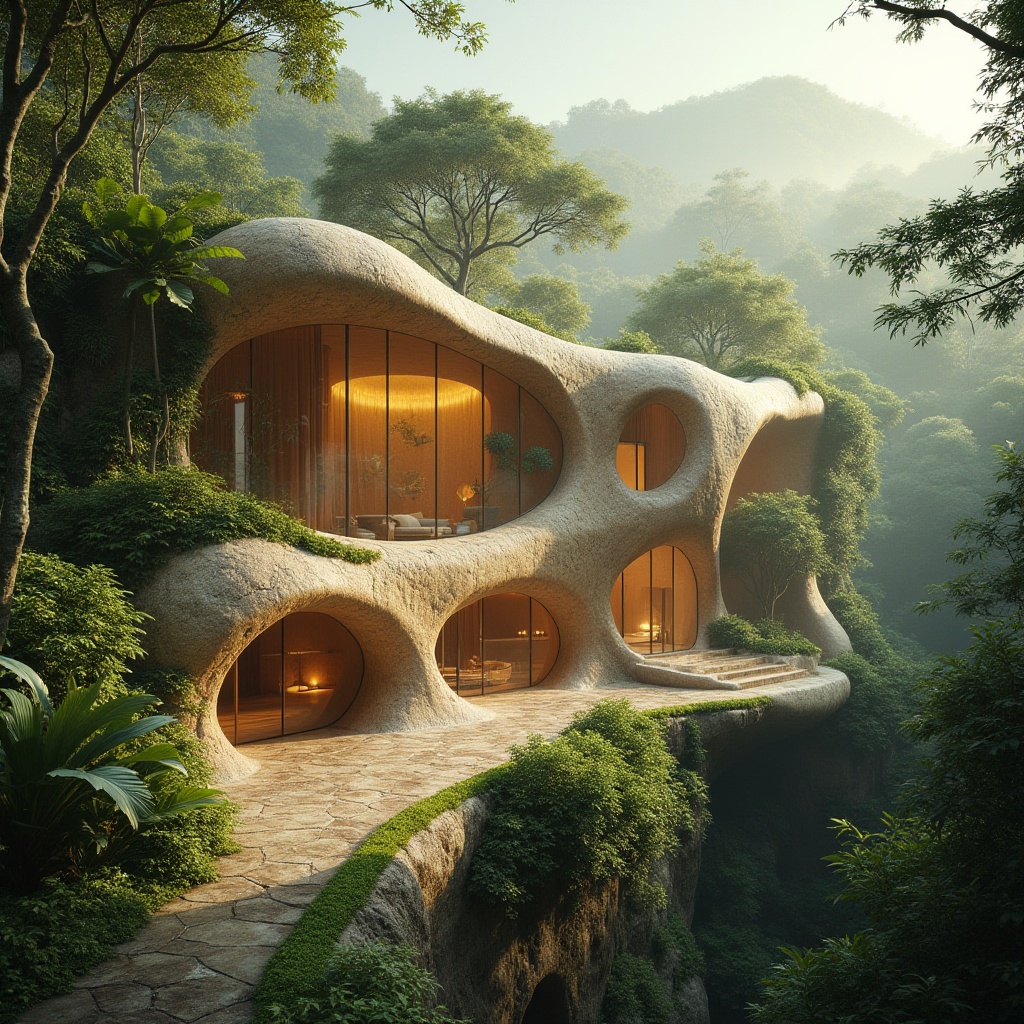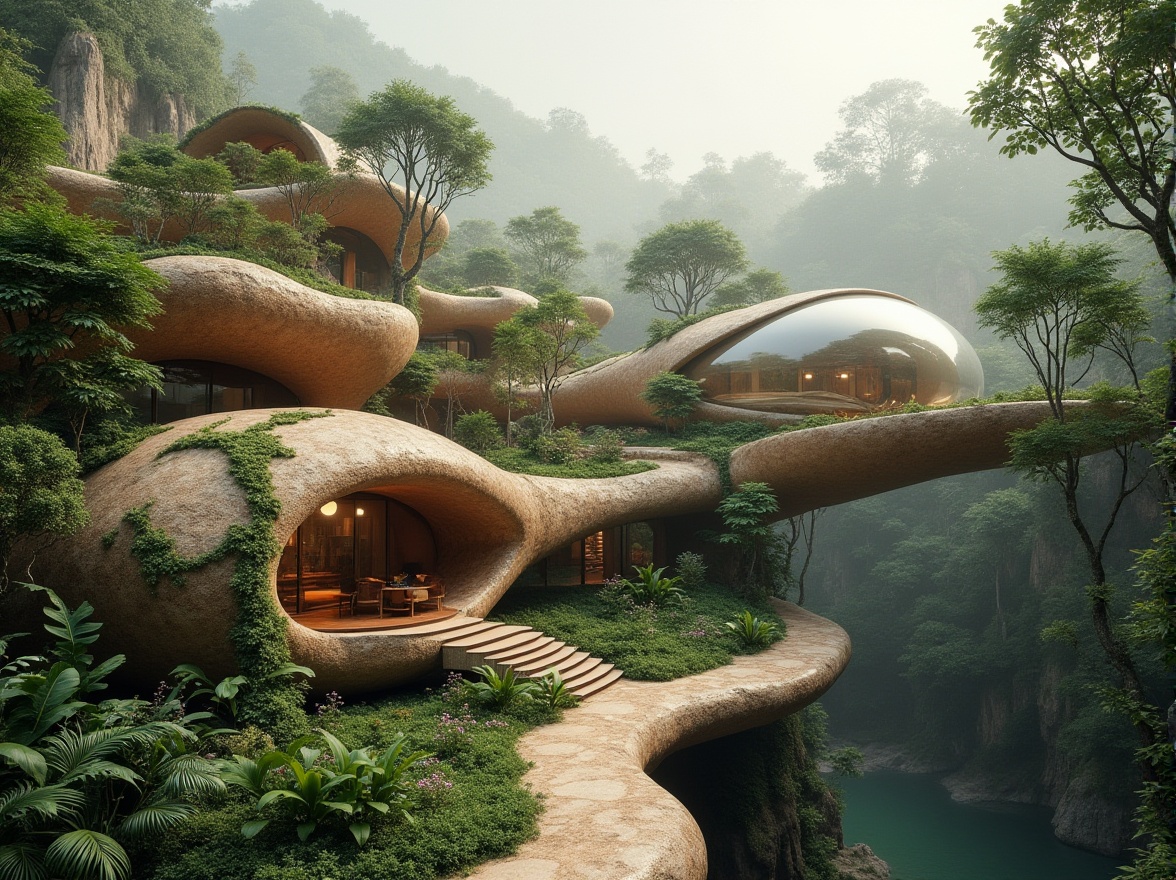दोस्तों को आमंत्रित करें और दोनों के लिए मुफ्त सिक्के प्राप्त करें
Residential Organic Architecture Design Ideas
Explore the fascinating world of residential organic architecture, where nature and design harmoniously blend. This style emphasizes the use of natural materials, such as Chukum, which not only enhances the aesthetic appeal but also promotes sustainability. The light gray color palette complements the mountainous surroundings, creating a serene and inviting atmosphere. In this collection, you will find over 100 design ideas that showcase how organic architecture can be beautifully integrated into mountainous landscapes, providing inspiration for your next project.
Incorporating Chukum Material in Organic Architecture
Chukum is a unique material that has gained popularity in organic architecture due to its natural properties and aesthetic appeal. This traditional material, derived from the earth, offers a warm and inviting texture that enhances the overall design. When used in residential projects, Chukum not only provides durability but also blends seamlessly with the surrounding environment. Its versatility allows architects to create stunning facades and interiors that resonate with the organic theme, making it an ideal choice for mountainous regions.
Prompt: Organic architecture, futuristic building, incorporating Chukum material, iridescent glow, sleek curves, undulating walls, sustainable design, eco-friendly, verdant rooftop garden, lush greenery, natural light, airy interior, spiral staircase, cantilevered floors, panoramic city view, sunset lighting, warm ambient glow, soft focus, cinematic composition.
Prompt: Organic architecture, futuristic building, incorporating Chukum material, wavy lines, curved structures, translucent facade, glowing ambiance, neon lights, metallic accents, sleek surfaces, lush greenery, vines crawling up walls, tree-like columns, natural blending with technology, harmony with nature, serene atmosphere, warm sunset lighting, soft focus, shallow depth of field, 3/4 composition, symmetrical balance.
Prompt: Organic architecture, incorporating Chukum material, futuristic, sustainable, eco-friendly, wavy lines, curved structures, biomimetic design, earthy tone, natural texture, stone-like appearance, translucent walls, iridescent glow, soft ambient lighting, misty atmosphere, lush greenery surroundings, vines crawling up the building, tropical forest setting, warm sunny day, high-angle shot, 3/4 composition, depth of field.
Prompt: Organic architecture, futuristic, sustainable, incorporating Chukum material, wavy lines, irregular shapes, natural texture, earthy tone, curved walls, transparent dome, lush greenery, vines crawling up, exotic plants, misty atmosphere, soft warm lighting, 3/4 composition, panoramic view, bird's eye view, eco-friendly, innovative design, blending into surroundings, serene ambiance.
The Impact of Light Gray Color in Mountainous Designs
Light gray is a color that embodies tranquility and sophistication, making it an excellent choice for residential organic architecture in mountainous areas. This subtle hue reflects the natural beauty of the landscape while providing a modern touch to the design. Light gray can enhance the visual appeal of Chukum material, creating a harmonious balance between the structure and its surroundings. Additionally, this color helps to maintain a cool atmosphere in warmer months, making it a practical choice for homes situated in elevated terrains.
Benefits of Organic Architecture in Mountainous Regions
Organic architecture offers numerous benefits, especially in mountainous regions. This design philosophy prioritizes harmony with nature, ensuring that buildings complement their surroundings rather than disrupt them. By utilizing natural materials like Chukum and colors such as light gray, these structures can blend seamlessly into the landscape. Furthermore, organic architecture promotes sustainability, reducing the environmental impact of construction. Homes designed in this style often feature energy-efficient designs, maximizing natural light and ventilation, which is essential in mountainous climates.
Creating Inviting Spaces with Organic Architecture
One of the key aspects of residential organic architecture is its ability to create inviting and comfortable spaces. By focusing on natural materials and colors, such as Chukum and light gray, these designs foster a sense of warmth and connection to the environment. Open floor plans, large windows, and outdoor living areas are often incorporated to enhance the relationship between the interior and exterior spaces. This design philosophy encourages a lifestyle that embraces nature, making homes feel like a true sanctuary in the mountains.
Designing for Sustainability in Mountainous Areas
Sustainability is a core principle of organic architecture, particularly in mountainous regions where the ecosystem is delicate. By using materials like Chukum, which are locally sourced and environmentally friendly, architects can minimize their carbon footprint. Additionally, the design often incorporates features such as green roofs and natural insulation, which enhance energy efficiency. This approach not only benefits the environment but also creates healthier living spaces for residents, making it a win-win for both nature and humanity.
Conclusion
In summary, residential organic architecture utilizing Chukum material and light gray color offers a unique and sustainable approach to design in mountainous areas. This style not only enhances the aesthetic appeal of homes but also promotes environmental harmony and energy efficiency. By embracing natural materials and colors, architects can create inviting spaces that resonate with the beauty of the surrounding landscape, making it an ideal choice for those looking to build in mountainous regions.
Want to quickly try residential design?
Let PromeAI help you quickly implement your designs!
Get Started For Free
Other related design ideas











